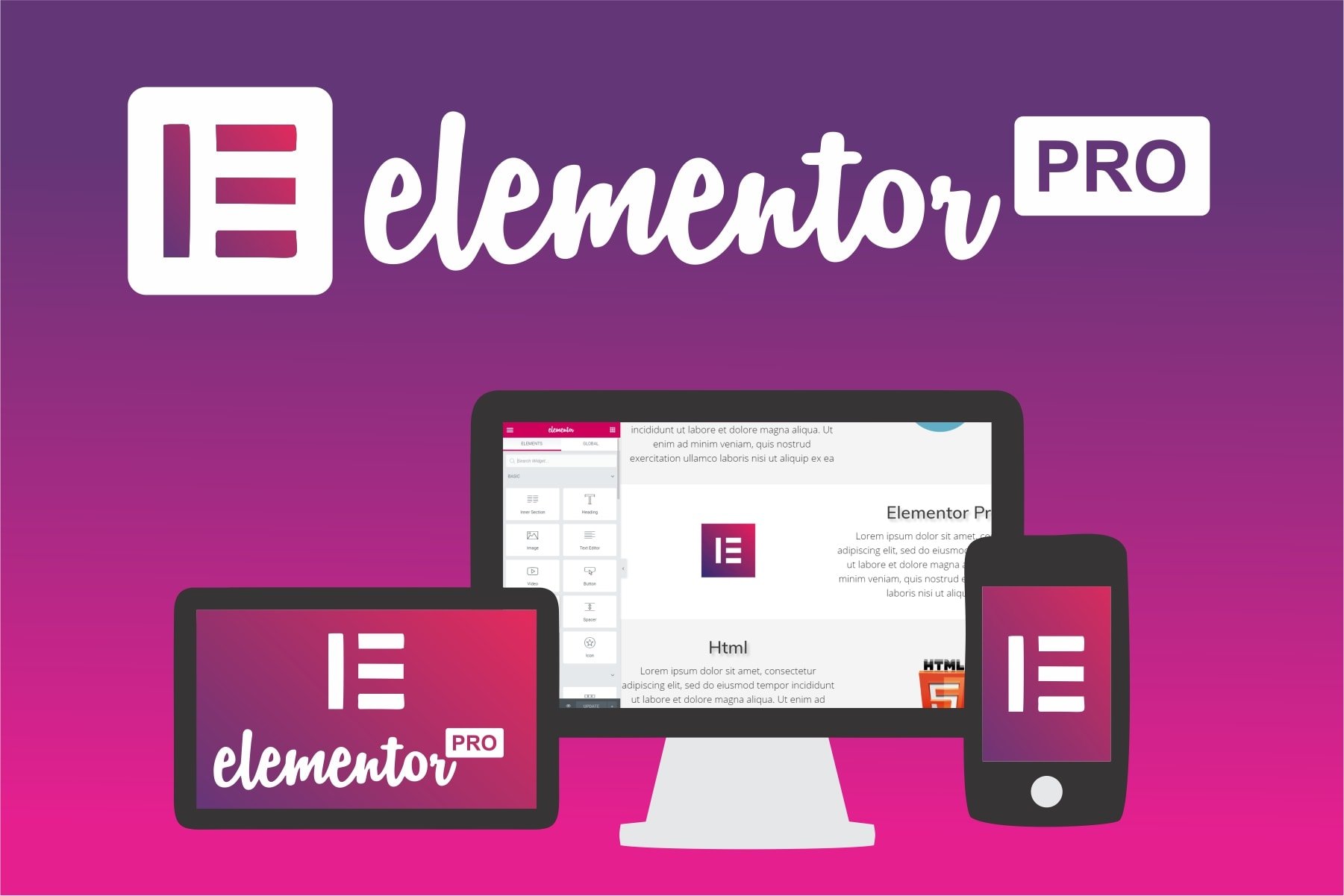How to Create a User-Friendly Website
A website is the online face of your business or brand. It is where you showcase your products, services, values, and personality to your potential customers. A user-friendly website is one that is easy to navigate, fast to load, responsive to different devices, and appealing to the eye. A user-friendly website can help you attract more visitors, increase conversions, and improve customer satisfaction.
But how do you create a user-friendly website? What are the best practices and tips to follow? In this blog, we will answer some of the most common questions about creating a user-friendly website and provide you with some useful examples and resources.
What are the benefits of a user-friendly website?
A user-friendly website can offer you many benefits, such as:
- More traffic: A user-friendly website can rank higher on search engines, as they favour websites that provide a good user experience. A user-friendly website can also generate more word-of-mouth referrals, as satisfied users are more likely to share your website with others.
- More conversions: A user-friendly website can increase your conversion rate, as users are more likely to take action on your website if they find it easy to use and trust-worthy. A user-friendly website can also reduce your bounce rate, as users are less likely to leave your website if they find what they are looking for quickly and easily.
- More loyalty: A user-friendly website can enhance your brand image, as users are more likely to associate your website with quality, professionalism, and reliability. A user-friendly website can also foster customer loyalty, as users are more likely to return to your website if they have a positive experience.
What are the key elements of a user-friendly website?
A user-friendly website consists of several elements that work together to create a seamless and satisfying user experience. Some of the key elements are:
- Design: The design of your website should be aesthetically pleasing, consistent, and aligned with your brand identity. You should use colours, fonts, images, and icons that are appropriate for your target audience and your industry. You should also use white space, contrast, and hierarchy to create a clear and balanced layout.
- Navigation: The navigation of your website should be intuitive, simple, and accessible. You should use descriptive and concise labels for your menu items, and group them into logical categories. You should also provide a search function, a sitemap, and breadcrumbs to help users find what they are looking for easily.
- Content: The content of your website should be relevant, informative, and engaging. You should use clear and concise language, and avoid jargon and technical terms. You should also use headings, subheadings, bullet points, and short paragraphs to break up your text and make it easier to read. You should also include calls to action, testimonials, and social proof to persuade and motivate your users.
- Performance: The performance of your website should be fast, reliable, and secure. You should optimize your images, videos, and scripts to reduce your loading time and bandwidth usage. You should also use a reliable hosting service, a caching plugin, and a content delivery network to improve your speed and uptime. You should also use HTTPS, SSL certificates, and encryption to protect your website and your users’ data from hackers and malware.

How to test and improve the user-friendliness of your website?
The user-friendliness of your website is not something that you can achieve once and forget. It is something that you need to test and improve continuously, as user expectations and preferences change over time. Here are some ways to test and improve the user-friendliness of your website:
- Analytics: You can use analytics tools, such as Google Analytics, to measure and monitor the performance and behaviour of your website and your users. You can track metrics, such as page views, bounce rate, conversion rate, average time on page, and exit rate, to identify the strengths and weaknesses of your website. You can also use heatmaps, scroll maps, and click maps to visualize how users interact with your website and where they focus their attention.
- Feedback: You can use feedback tools, such as surveys, polls, and reviews, to collect and analyse the opinions and suggestions of your users. You can ask your users to rate your website, to share their likes and dislikes, and to provide their recommendations for improvement. You can also use social media, forums, and blogs to listen to what your users are saying about your website and your competitors.
- Testing: You can use testing tools, such as A/B testing, multivariate testing, and usability testing, to compare and evaluate different versions of your website and its elements. You can test different design, navigation, content, and performance aspects of your website, and see which ones perform better and provide a better user experience. You can also use user testing, such as user interviews, user observation, and user tasks, to observe and understand how real users use your website and what problems they encounter.

What are some examples of user-friendly websites?
There are many websites that are user-friendly and provide a great user experience. Here are some examples of user-friendly websites from different industries and niches:
- Amazon: Amazon is one of the most popular and successful e-commerce websites in the world. It is user-friendly because it offers a wide range of products, a fast and easy checkout process, a personalized and relevant shopping experience, and a reliable and responsive customer service.
- Netflix: Netflix is one of the most popular and successful streaming services in the world. It is user-friendly because it offers a large and diverse library of content, a simple and intuitive interface, a smart and adaptive recommendation system, and a flexible and affordable subscription plan.
- Airbnb: Airbnb is one of the most popular and successful online platforms for travel and accommodation. It is user-friendly because it offers a variety of options, a secure and transparent booking process, a social and interactive community, and a creative and inspiring content.
Conclusion
Creating a user-friendly website is not a difficult or expensive task. It is a matter of following some best practices and tips, and using some tools and resources, to create a website that is easy to use, fast to load, responsive to different devices, and appealing to the eye. A user-friendly website can help you attract more visitors, increase conversions, and improve customer satisfaction.





0 Comments